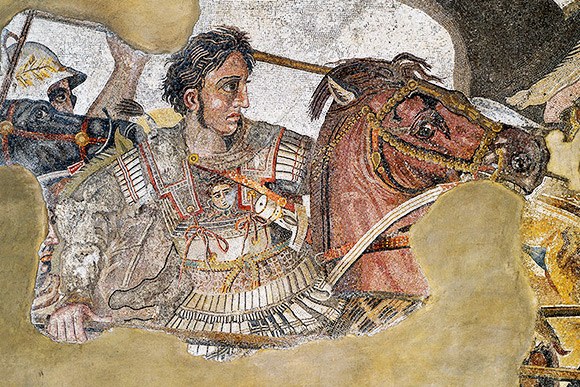The Linothorax (Greek: λινοθώρακας) was a popular form of body armour in the 5th and 4th century BC, gradually replacing the bronze bell cuirass from the 6th century onwards. It is extensively seen in pottery around the time of the Persian Wars, and continued to be popular into the Hellenistic period.
There is still debate on the materials historically used, whether of leather, glued layers of linen, or a combination of both. Being made of perishable materials, no examples have survived.
This is a collection of visual evidence of linothorax armour. Most of the examples are early to mid 5th century, with the notable exception of the famous image of Alexander the Great.

































